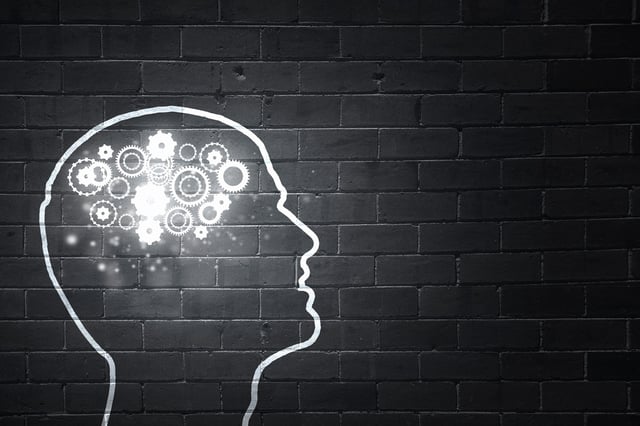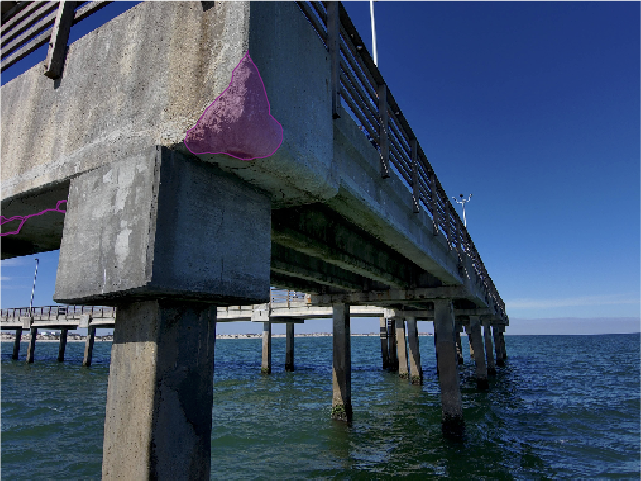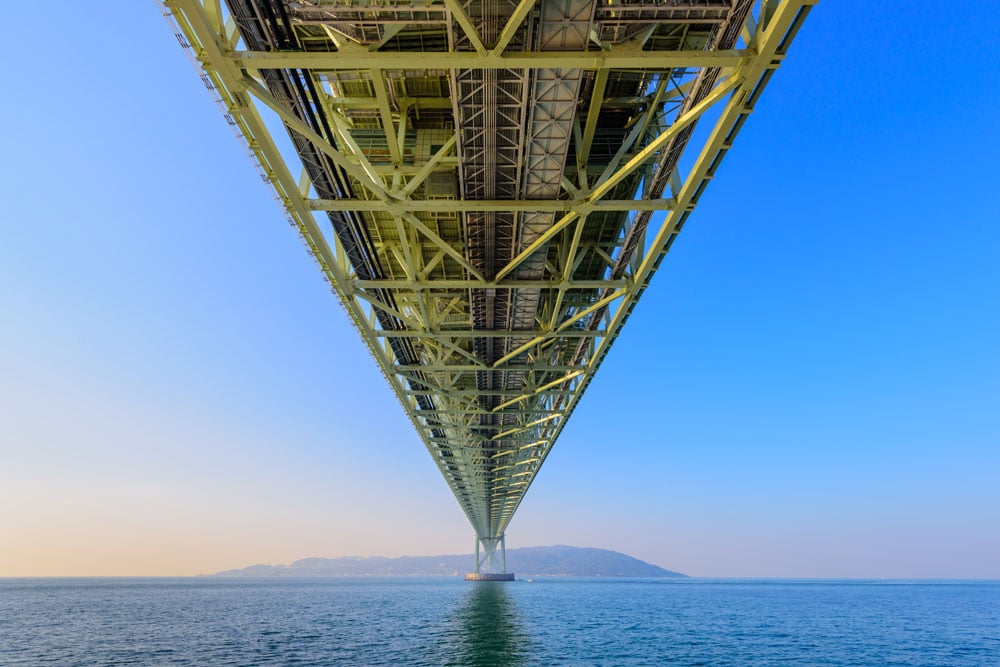Industrial inspections using traditional manual methods are risky and expensive. The nature of most of the structures and environments exposes the inspectors to a wide range of safety risks. This includes but not limited to falls, toxic gases and liquids, high temperatures, getting stuck in tight spaces and more. In addition, the effectiveness of the inspection may be limited due to the inability to access some locations
The use of Unmanned Aerial Vehicles or drones in industrial inspections has been on the increase due to the many safety, efficiency and economic benefits they provide. Today, most companies are turning to the drone technology which provides safer, low cost, and more comprehensive industrial inspections. With high definition cameras, the drones have the ability to capture detailed photos from almost any location. However, this information may not be useful, if not processed well in good time.

Using AI to make drones smarter
The drones have the potential to collect huge amounts of data to an extent that companies have challenges utilizing this information to the maximum. Lack of proper tools or the feeling that some of the data does not require further analysis are some of the factors that make most of the collected data remain untouched.
However, with specialized tools such as artificial intelligence and advanced software programs, organizations can analyse the raw inspection data, and get visual insights of their facilities. This allows the maintenance personnel to predict pending failures based on past experiences and data patterns.
AI in drones has the potential to increase safety and efficiency in commercial and industrial inspections. A drone with AI technology can do more than just collect the information. This has the ability to identify areas that need attention, based on images and videos that the industrial UAV captures. Some advanced systems can even mark the faulty locations on the structures in addition to providing the digital reports.
By providing the ability to foresee or predict imminent failure, the company can take corrective measures before a breakdown occurs. This reduces the lost production and risks a failure may pose to the workers.
BlueVu drone software and AI tools
Basically, the current technologies involve training the drones to detect problems based on 3D models of the structure. It starts by using the AI supercomputers to design and generate the 3D models of the structure to inspect. The system then builds flight plans from the drones as well as algorithms to use when analysing the captured data as it looks for defects.
One of the best drone inspection AI solutions is the Industrial Skyworks BlueVu. This is drone inspection software that adds artificial intelligence to the inspection drones, hence making them smarter. The software uses an image optimization engine and sophisticated computer vision algorithms to organize, sort and analyze thousands of images and videos from the drones. It then uses advanced algorithms to compare these images with 3D models, hence enabling it to identify or predict impending problems. Consequently, this allows the AI-equipped UAVs to provide clients with better, fast, and actionable reports about their structures or facilities.
Benefits of AI in inspection drones
Generally, the AI tools replace the traditional approaches by adding logic to the analysis of large volumes of data. The tools have the ability to learn and detect certain patterns in the drone inspection videos as well as photos.
AI is able to detect patterns in videos or photos using advanced deep learning algorithms together with large amounts of trained data, hence replacing traditional software solutions. Integrating AI into drone systems offers organizations and service providers a wide range of benefits. These include;
Optimizing the inspection process
AI has the potential to learn the inspection scope and design the most effective and shorter paths that reduce the flight time without compromising results. Shorter paths as well as eliminating repetitions will cut down on the distance to cover, inspection and flight time.
Analysing data from multiple sources
The AI helps in analyzing huge amounts of inspection data from multiple sources. This includes data that the drone collects using photo, video and thermal cameras and also from other sources such as handheld devices and IoT sensors.
Organizations can use software solutions such as BlueVu software, which has an image optimization engine and advanced algorithms to identify issues that require attention.
The BlueVu software can combine information from multiple sources and then use AI to analyze and provide actionable data or information useful in the decision making process.
In addition, it eliminates the need for inspectors, technicians, engineers and other professionals to go through hundreds or thousands of images, hence making it faster and more efficient to get inspection results and maintenance recommendations.
Providing real-time inspection data
Artificial Intelligence allows access to relevant data in real time. It is practically impossible to manually go through all the videos or photos from drones and other sources such as surveillance cameras in real time. These devices generate huge amounts of data, and even if it was possible to employ someone to watch them in real time, it will be impractical when there are hundreds of thousands of cameras. Most often, people will usually check old data when there is need to find out something that happened earlier.
The benefit of AI is that it can watch these images in real time and report when it detects a certain pattern depending on the programming. This increases efficiency and accuracy while allowing the organization to have up to date actionable information.
Automated data capture and reporting
Generally, the AI enables automating of the inspection, data capturing and analysis process as the drone flies over complex structures. Further adding trained AI models makes it easier to detect defects quickly and make recommendations. Such timely information and actionable data help organizations to know the condition of their structure and whether there is a need for urgent repairs of preventive maintenance.
The drones with AI can think for themselves and make it easier to analyze data without uploading it to a server. Instead of sending inspection data to other people for analysis, the AI-equipped drone will capture and analyze the data. And based on the findings, may generate more data at multiple orientations and angles to improve the inspection process and get as much relevant information as possible. Using the deep learning the AI helps the drone to analyze and understand its surroundings. This allows the drone to react according to the situation of the structure it is inspecting.
Reducing inspection and decision-making process
Drones utilizing AI technologies can shorten the process of carrying out the inspection process and decision making. The AI helps in understanding and predicting a wide range of scenarios based on past cases and present state of the structures. For example, an inspection of a construction site will provide the developers with important data that enables them to make better work plans as well as properly allocate resources. This can increase the efficiency and cut down on unnecessary work or long routes for the construction equipment.
Integrating AI into businesses operations
AI increases the speed of analyzing data and adds intelligence to the drones. By aiding in the inspection processes, it increases the efficiency while aiding in the decision-making process. By combining drone data and other business data and processes, the AI enables a smoother and more effective data flow. This reduces the amount of work required while enabling faster response to issues before they affect the operations or force a shutdown.
Conclusion
The AI adds automatic defect recognition functionality to the drone by enabling it to interpret the sensor information. This makes it easier, faster and cheaper to inspect a wide range of industrial facilities, including oil and gas infrastructures. The artificial intelligence reduces the time and cost a traditional inspection approach requires to process data while moving it to and from different servers.
Enabling drones to identify and predict defects in real-time, reduces failures while increasing safety for the workers, protecting the environment from effects of failures such as leakages, and more other benefits. In addition, it improves operation’s efficiency and uptime, hence delivering substantial revenue and savings to the business. Finally, AI in drones is a great way of providing a visual intelligence and help organizations assess and work on complex projects safely and efficiently.




